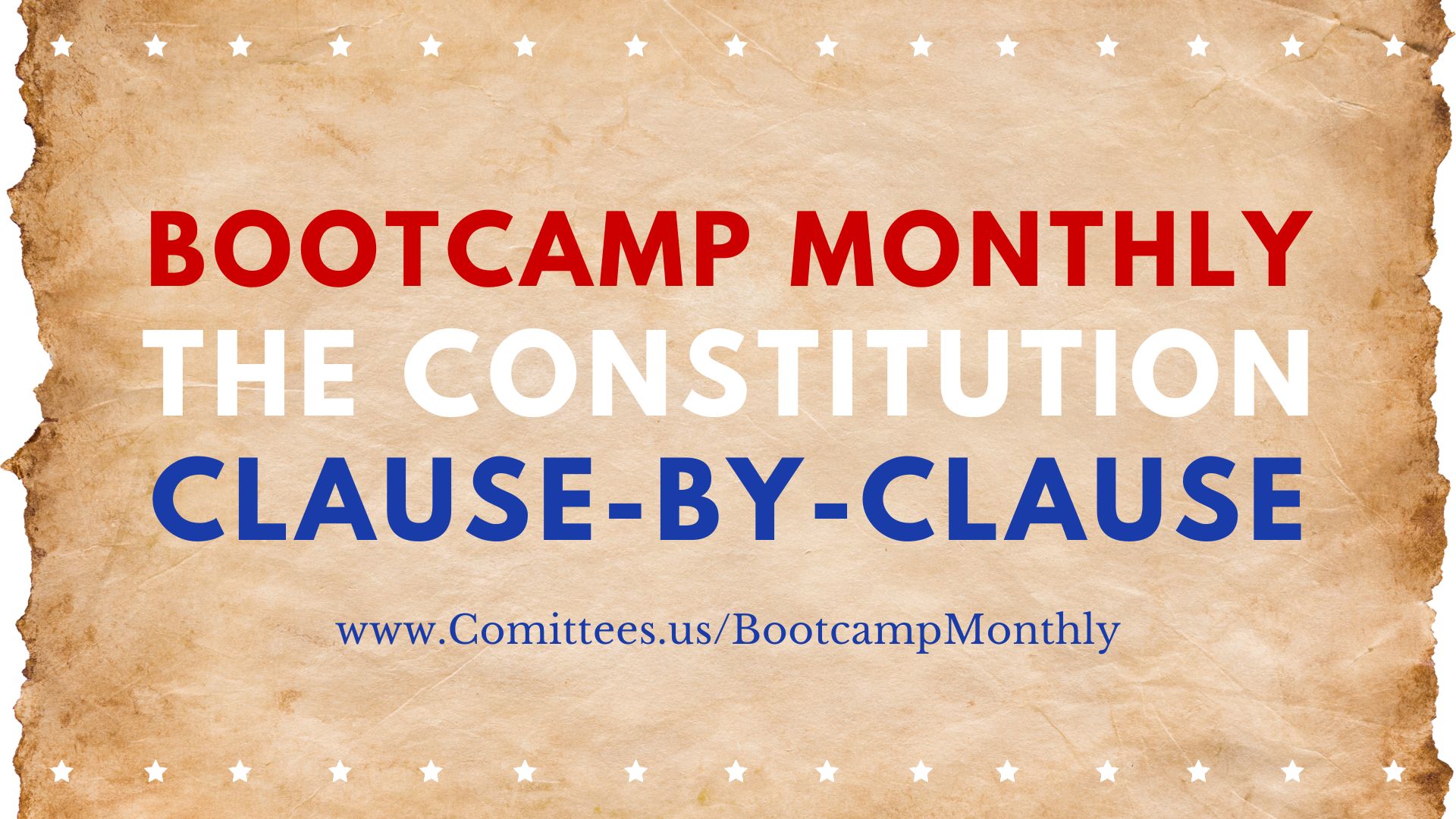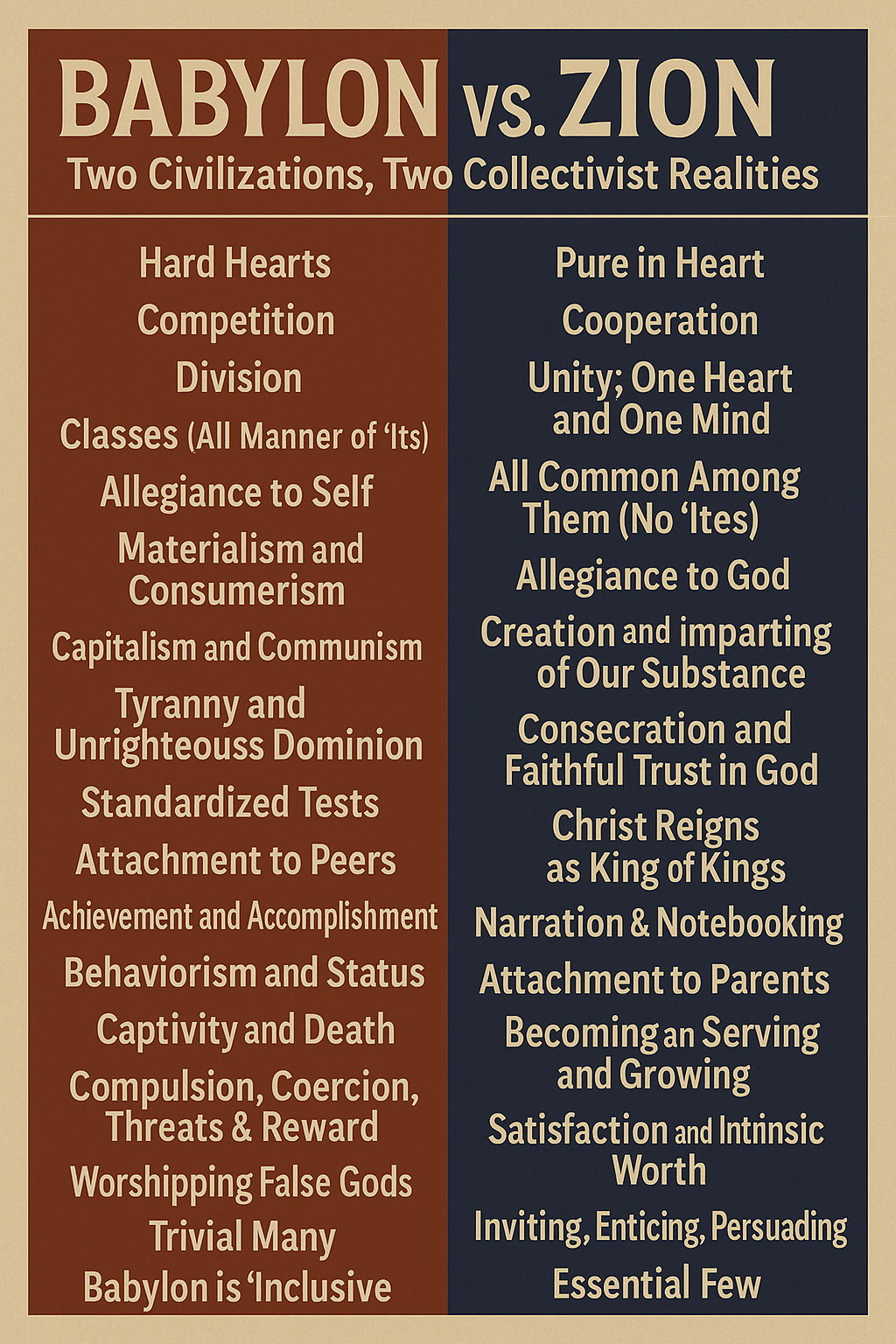By Dennis Laurence Cuddy
Dennis Laurence Cuddy’s NEA: The Grab for Power is an investigative analysis and historical chronology of the National Education Association (NEA), which he argues has shifted from an organization advocating for teachers’ professional interests to a politically motivated entity seeking to reshape American education and society.
Key Themes and Arguments
Transformation of the NEA: From Teacher Advocacy to Political Powerhouse
Cuddy traces the origins of the NEA from its beginnings in the 19th century as a professional organization for educators to its evolution into a powerful lobbying and political force. He argues that, over time, the NEA moved away from focusing on teacher issues such as salaries and working conditions and instead became an agent of progressive and globalist ideology.
- Early History: Originally, the NEA was a professional association aimed at improving education quality and supporting teachers.
- Mid-20th Century: The organization began engaging in policy advocacy and supporting broader political movements.
- Late 20th & 21st Century: Cuddy contends that the NEA became deeply involved in left-wing politics, promoting controversial curricula and policies that emphasize social justice, diversity, equity, and inclusion at the expense of traditional education.
Influence on Education Policy and Curriculum
Cuddy presents evidence that the NEA has been instrumental in shifting educational standards toward progressive and secular ideologies. He argues that the organization has:
- Supported Nationalized Education Standards – The NEA has been a major proponent of policies such as Common Core, which critics argue reduce local control of education.
- Promoted Revisionist History – Cuddy claims that the NEA has encouraged educational materials that downplay traditional American values, replacing them with narratives focused on systemic oppression and social activism.
- Undermined Parental Rights – The NEA has lobbied against school choice, homeschooling, and parental involvement in curriculum decisions, asserting that education should be controlled by centralized bureaucracies.
Ties to Globalism and Socialist Agendas
One of Cuddy’s most controversial claims is that the NEA is part of a broader globalist movement seeking to undermine national sovereignty and instill socialist values in American children. He connects the NEA’s policy stances to organizations such as UNESCO and the United Nations, arguing that:
- The NEA has promoted a global education agenda that aligns with international socialist objectives.
- There is an effort to replace national identity with a global citizen framework.
- Multiculturalism and diversity initiatives are used as tools to dilute traditional American values.
Political Advocacy and Partisan Bias
Cuddy argues that the NEA has evolved into a political organization that overwhelmingly supports left-leaning candidates and policies. He provides a detailed account of the NEA’s:
- Financial Contributions: The NEA donates millions of dollars to political campaigns, almost exclusively to Democratic candidates.
- Union Influence: It exerts power over local school boards, shaping policies on gender identity, racial equity, and standardized testing.
- Opposition to Conservative Reforms: The NEA has fought against school vouchers, charter schools, and any initiative that would increase parental choice in education.
Impact on Morality and Social Issues
Cuddy critiques the NEA’s stance on social issues, arguing that the organization promotes policies that undermine traditional morality, including:
- Sex Education: NEA-backed curricula often include comprehensive sex education that some critics argue is inappropriate for young students.
- Gender Ideology: The NEA has supported policies advocating for transgender rights in schools, including allowing students to use bathrooms based on gender identity.
- Anti-Religious Bias: Cuddy claims the NEA supports policies that push secularism while marginalizing religious viewpoints in schools.
Key Chronological Events
- 1857: NEA is founded as a professional association for educators.
- 1918: NEA begins advocating for federal involvement in education.
- 1950s-60s: NEA aligns with progressive education movements and supports desegregation efforts.
- 1970s: NEA shifts toward political activism, openly supporting liberal social policies.
- 1990s: NEA plays a major role in shaping national education policy, advocating for multiculturalism and social justice curricula.
- 2000s-Present: NEA continues to expand its influence, backing progressive candidates, opposing conservative education reforms, and pushing for policies on gender identity and racial equity.
Cuddy’s Solutions and Recommendations
In the concluding chapters, Cuddy outlines strategies for resisting the NEA’s influence and restoring traditional educational values:
Parental Involvement – Encouraging parents to become active in school board meetings, curriculum decisions, and local education policies.
School Choice Advocacy – Promoting alternatives such as homeschooling, charter schools, and private education to break the NEA’s monopoly.
Legislative Action – Supporting laws that limit the NEA’s influence in shaping national education policy.
Public Awareness – Raising awareness of the NEA’s political activities and advocating for educational reforms that prioritize academic excellence over ideological indoctrination.
Conclusion
NEA: The Grab for Power presents a critical perspective on the role of the National Education Association in shaping modern American education. Dennis Cuddy argues that the NEA has transformed into a politically driven organization that prioritizes social engineering over academic excellence. Whether one agrees or disagrees with his conclusions, the book provides a detailed history and critique of the NEA’s influence on education policy, politics, and culture.







